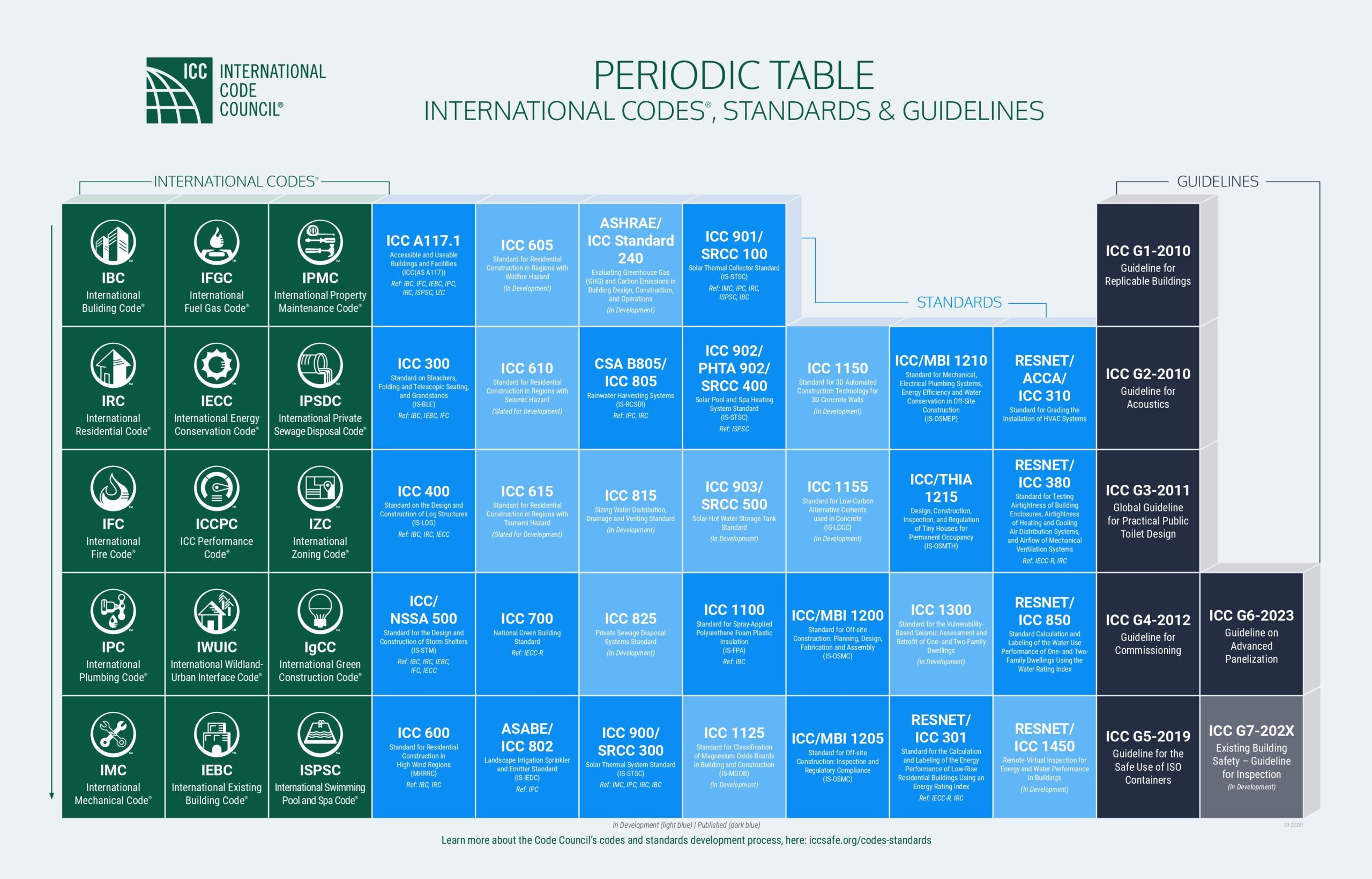Tag Archives: M11
- Home
- Posts tagged "M11" (Page 2)

We Plough the Fields and Scatter
The lyrics were originally written in German by poet Matthias Claudius in 1782 as part of a larger work titled “Paul Erdmanns Fest” which reflects an appreciation for the agricultural cycle. The hymn was later translated into English by Jane Montgomery Campbell in 1861. The melody most commonly associated with the hymn is a traditional German tune, adapted by Johann Abraham Peter Schulz.
The hymn expresses gratitude for the earth’s bounty and acknowledges God as the ultimate provider of all good things. Its verses celebrate the act of sowing and reaping, emphasizing the cooperation between human effort and divine blessing. “We Plow the Fields and Scatter” has become a staple in Christian liturgy, particularly during harvest celebrations and Thanksgiving services, symbolizing a collective acknowledgment of and thanks for God’s abundant gifts.
I-Codes
Today we survey the broad sweep of the International Code Council catalog of best practice titles; incorporated by reference into public safety regulations in most of the United States. This session will be a “survey” and “organizational” session when we limit detail and simply identify priority titles and the technical specifics in play over the next twelve months.
Use the login credentials at the upper right of our home page.
2024/2025/2026 International Code Council Code Development Schedule
Complete Monographs (To be posted soon)
Paper Cleaner
Centrifugal paper cleaners are used in the pulp and paper industry to remove unwanted contaminants from pulp or paper stock. These contaminants can include dirt, sand, shives, small fibers, and other impurities that can affect the quality of the final paper product. Centrifugal cleaners work on the principle of centrifugal force and are typically installed in the stock preparation stage of papermaking processes. Here’s how they work:
Inlet: The pulp or paper stock containing contaminants is fed into the centrifugal cleaner through an inlet. The inlet is designed to create a tangential flow of the stock, which imparts a swirling motion to the mixture.
Centrifugal Force: Once inside the cleaner, the stock and contaminants are subjected to centrifugal force due to the rapid rotation of the cleaner’s inner drum or rotor. The centrifugal force causes the heavier contaminants to move toward the outer wall of the cleaner, while the cleaner stock moves toward the center of the drum.
Separation: The contaminants, being heavier, are forced against the outer wall of the cleaner by the centrifugal force, and they accumulate there. The clean stock, which is lighter and free of contaminants, moves toward the center of the cleaner.
Outlet: The cleaned stock exits the cleaner through the center outlet, while the accumulated contaminants are removed from the outer wall. The contaminants can be periodically purged from the cleaner to maintain its efficiency.
Adjustment: Centrifugal cleaners often have adjustable settings to control the separation efficiency. Operators can vary the cleaner’s operating parameters, such as the feed rate, drum speed, and cone angle, to optimize the separation process for different types of contaminants and pulp or paper stocks.
They can operate continuously and provide high efficiency in removing heavy contaminants such as coffee filters. They are often used in conjunction with other cleaning processes, such as screening and flotation, to achieve the desired quality and cleanliness of the pulp or paper stock before it is used in the papermaking process.
Facilities: North Carolina State University
New update alert! The 2022 update to the Trademark Assignment Dataset is now available online. Find 1.29 million trademark assignments, involving 2.28 million unique trademark properties issued by the USPTO between March 1952 and January 2023: https://t.co/njrDAbSpwB pic.twitter.com/GkAXrHoQ9T
— USPTO (@uspto) July 13, 2023
Standards Michigan Group, LLC
2723 South State Street | Suite 150
Ann Arbor, MI 48104 USA
888-746-3670

































